The successful fight against COVID in Iran
Coming out of the COVID-19 induced hibernation, no restrictions on gatherings, may mean re-adapting to a social and faster-paced life. But the freedom it grants is, nevertheless of immense relief, and the nation has been feeling a lot freer from the clutches of corona than it did just months.
The Omicron variant, fast-spreading as it may be, is now being treated more as flu, albeit a respect-worthy flu, with the majority of people still wearing masks but going about their daily tasks unrestricted.
It was not, however, not plain sailing.
Even with Omicron looming the mass vaccination trend continued with people getting booster shots. Or given the fast spread of the variant, many caught it, getting a natural boost to their immunity.
Today, we have highly accurate test kits. We have kits to detect the viruses’ spikes, cores, and envelopes. They show how much antibody your body has produced against them.
Our assessment shows that people over 65 years of age will see their immunity from COVID vaccines or an earlier infection decrease after 3-4 months.
Therefore, we have a criteria [sic.] to predict when the immunity would fall so we can administer the next booster shot [sic.].
But if we test one-thousand people and realize that their immunity stands at the safe rate, rolling out the next vaccine booster would be meaningless.
Dr. Mostafa Ghanei, Iran National Coronavirus Vaccine Committee
Thus far the predominant COVID-19 variant, Omicron, has not battered Iran as it has many Western countries, where most adults got their vaccines a year ago, unlike Iranians with their more recent vaccines.
But hospitals are still preparing for the worst as infections are moving uphill after a months-long relief.
The end of the pandemic may be in sight
The other point to remember is that we’re getting ready to roll out the fourth dose of vaccines. Studies have proven that three vaccine shots would reduce the likelihood of hospitalizations or deaths by 20 times.
If we complete the 3rd booster shot rollout, and if the high-risk population receives the 4th shot, we can be confident that, even if there’s a new variant, it won’t drag the country into another crisis.
Dr. Mostafa Ghanei, Iran National Coronavirus Vaccine Committee
Thankfully, the infections’ curve in recent months hasn’t been as steep as it used to be. It’s safe to say that we’re currently experiencing the calmest time in the past two years or so since the COVID-19 pandemic started.
We’re in a good position in terms of hospitalizations, infections, and the death rate to the point that Tehran’s COVID-related mortalities have been zero over the past few days.
This shows that severe illness in Tehran and, by extension, in other cities have gone down sharply.
Dr. Nader Tavakkoli, Tehran Coronavirus Combat Headquarters
You can mark May the 4th 2022 in your diaries as a turning point in Iran’s death toll. Numbers reportedly took a plunge from 700 a year earlier when Raisi was sworn in as president, to the occasional 7 in a fortnight with a single-digit fatality-rate for the first time in over two years.
There have been over 141 thousand deaths (141,138) since the first cases of coronavirus in Iran were announced in Qom City on February 19, 2020.
At some point, the daily figures reached 700 infections. Assuming that 10-percent of them had to be transferred to the intensive care units, 70 new people were required to be cared for in ICUs every day.
But a number of people were being discharged, and some others passed away. The cycle went on.
Now that the daily cases have gone down to as few as 100, a few people need to be taken into the ICUs, so that’s no problem anymore.
Dr. Mostafa Ghanei, Iran National Coronavirus Vaccine Committee
Over the 24 hours leading to May the 4th, 252 new cases of COVID-19 infection were reported, with 66 of them hospitalized, the ministry added. The first coronavirus infection was identified in Wuhan, China in late 2019, which is why the disease was called COVID-19.
It been a rocky road, with corona at its peak for two years and more; Iran’s pandemic related hardships were exasperated by cruel US sanctions.
As you know, since March 2020 until now, over a span of almost 27 months that we have been dealing with this pandemic, we’ve faced many ups and downs.
Our biggest challenge was unfortunately posed by economic sanctions when the infections were at their highest. We ran into problems procuring medicine and other equipment which caused delays both for prevention and treatment of the disease, a challenge that wasn’t fair at all, although the problems motivated the Islamic Republic multifold to seek independence in terms of procuring medicine, vaccines, and advanced treatments. Thankfully, the rate of progress has accelerated specially over the past 8 months since the new administration took up office.
Dr. Nader Tavakkoli, Tehran Coronavirus Combat Headquarters
The country quickly gathered its resources to make masks and sanitizers in the first instance and eventually moved on to making corona test kits, ventilators and vaccines! That’s the whole prevention to cure or immunization cycle.
Remember that back in March 2021, we were practically begging for vaccines. We couldn’t transfer money to pay for them. It had become a national crisis.
Our citizens would travel to the smallest countries to get vaccinated. But as of March 2022, we were exporting domestically-made vaccines.
Dr. Mostafa Ghanei, Iran National Coronavirus Vaccine Committee
With a disease as contagious as COVID-19, independence in manufacture isn’t enough since time is of the essence, so to ensure speedy mass inoculation, most of the administered doses were imported to cover demand.
To date almost 64.5 (over 64.35) million Iranians have (population approximately 85 million) received the first dose of the coronavirus vaccine, over 57.5 (57.57) million have received the second dose and more than 27 (27.08) million have had the booster shots.
Between February 2021 and February 2022, Iran imported some 156 million vaccine doses, 86 percent of them China’s “SinoPharm.” Other major vaccine sources included Russia, Japan and India.
But, Iran also worked on nine domestic vaccines.
The Red Crescent Society claimed that it had access to the vaccines and that it was waiting for the necessary permits to import them. There was a disagreement between certain parties that hurt the country in some ways.
The other issue was that we could’ve allocated funds to vaccine manufacturers and saved the country some money instead of closing down the economy. But we waited around so that we could fund the firms by loans and investments.
These were issued that were addressed under President Raeisi. Before he took office, he was informed that the first step to run the country is to rein in the COVID pandemic.
Dr. Mostafa Ghanei, Iran National Coronavirus Vaccine Committee
Dr Einollahi, the health minister, was pleased to appear before MPs Mid-April as he told of the death toll having significantly dropped over recent months, allowing Iranians to take their traditional domestic new-year trips with peace of mind.
Businesses and schools were also reopened having been given permission by the National Headquarters for Corona Disease Management.
This was while at very same time daily fatalities in the US and Europe were 2,000 to 3,000 people.
Contrary to claims about countries that were regarded as utopias, their death rates haven’t decreased and they’re still facing the same waves of the outbreak.
The contributing factors, in my opinion, have been their race, the type of vaccines administered, and the rate of prior infections. This is what science has proven to have been the case.
That might explain why they have failed to reach a state of equilibrium so far.
Dr. Mostafa Ghanei, Iran National Coronavirus Vaccine Committee
Six Iranian vaccines have been approved for emergency use: COVIran Barekat, Fakhravac, [Razi] Cov Pars, Noora, SpikoGen (jointly developed with an Australia-based company) and PastoCovac (a collaboration between Iran’s Pasteur Institute and Cuba’s Finlay Vaccine Institute).
You see, one of the challenges they were posing for us was that they’d say even in the most advanced countries, they were working on single vaccines, so why were we working on multiple types of COVID vaccines? The latest studies have proven that mixing and matching different types of COVID vaccines would boost your immunity to a much higher degree than receiving similar shots every time.
Dr. Mostafa Ghanei, Iran National Coronavirus Vaccine Committee
Iran’s corona success has placed it among the top ten most vaccinated nations.
The circumstances Iran found itself in put the country among the world's top 10 in terms of fighting against the COVID-19 outbreak. One reason might be the fact that we rolled out the vaccinations later.
But we’re seeing the impacts now, which have put us among the world’s top 10. Therefore, we can’t claim that proper management has contributed to our position.
Of course, it has had its effects, but it hasn’t been entirely due to management.
Dr. Mostafa Ghanei, Iran National Coronavirus Vaccine Committee
Coronavirus vaccination marks the nation's first mass inoculation campaign outside of childhood illnesses since the 1979 Islamic Revolution. But it hasn’t been all praise on social media platforms.
Misinformation has flooded Iranian social media, but still only a small percentage of Iran's population has shunned the shot. A healthier society is self explanatory.
Late January President Raisi increased spectator capacity at major sporting events and trade shows.
By late January, more than 88% of all of those eligible for vaccines had been fully vaccinated. Iran had administered booster shoots to 20% of its population and the government announced it would make vaccines available to children under 18.
And the country got results, evident in the current situation, which discredits negative propaganda against Iran in the early months of the pandemic; showing pre-dug graves.
Iran has become susceptible to negative propaganda, both because it went up against a power, America basically, and to be fair, because of domestic corruption shedding a doubt on the system generally.
But eventually Tehran succeeded in curbing corona, a steady roll out of vaccination was maintained, as well as steady standards; not like earlier on in the pandemic when each vaccination centre performed differently.
We’ve acquired an asset in the health sector both in terms of prevention and treatment. We used to have a high mortality rate. If someone was infected in the hospital, we didn’t have the test kit to find that out.
Now that we’ve made rapid tests and vaccines, we’ve contributed to public health for even after the COVID-19 pandemic ends.
The other point to mention is that even if a new variant emerges, we’ve achieved a level of technology that we can respond and make a vaccine for it within two months.
We need to implement that better so that if, for example, a new variant is detected in Africa that’s supposed to reach Iran in 2 months, we’d be prepared for it by making the vaccine against it.
Dr. Mostafa Ghanei, Iran National Coronavirus Vaccine Committee
Back in early to mid-2020 there used to be a lot of fear, confusion, and psychological pressure surrounding the contagion.
That was the case even among the medical staff who were afraid for their lives.
Despite all the worries and anxiety, they selflessly played their roles and disregarded their fears.
Dr. Nader Tavakkoli, Tehran Coronavirus Combat Headquarters
WSPS or Iran’s world sociopolitical studies published an analysis of foreign Persian language channels coverage on Iran on Jan the 1st, 2020.
Despite the similar frames all around the world, international media have not portrayed the countries with confirmed outburst of the disease in similar terms.
It is believed that diseases in the world are both political and biological; media framing, conducted by Entman and Van Gorp, analyzed the first fifty VOA and BBC Persian news items that covered the spread of COVID-19 in Iran.
Results indicate that the COVID-19 outbreak in Iran was framed in seven major frame packages, namely: Iran as the source of a regional and international threatening virus, Iran as incompetent with an ill-equipped system, Iran as a hypocritical entity lying about its state of affairs.
It seems fully-industrial countries did a much better cover-up of their own state of affairs.
Actually, the coronavirus outbreak caught even first world countries by surprise, presenting them with numerous new challenges to tackle on a touch and go basis.
Panic buying in supermarkets, a shortage of masks and sanitizers were pretty extreme in some of these countries with America bearing the crown, whereas some common media outlets would project those problems on Iran.
If there’s one main and decisive factor that helped manage the COVID-19 pandemic besides all these points I mentioned, I can point out to the people’s cooperation.
It was the people’s cooperation in vaccinations and their help which was highly needed and valued by Iran’s health sector. The other point was grassroots efforts and spontaneous mobilization of people in all aspects.
As you may remember, we used to face a shortage of Personal Protective Equipment such as face masks, disinfectants and others in March and April 2021.
But the people sprang to help and produced them at homes, in mosques, and other places. They even came to help medical staff in hospitals.
Dr. Nader Tavakkoli, Tehran Coronavirus Combat Headquarters
According to WSPS: “the dissemination of the political distrust and the blame on countries such as China and Iran for international health concerns, representing them as nodes of exporting the virus, barring their tourists and humiliating their native cultures in Western media, are all indications of the hypocrisy and backwardness that have been conventionally referred to the East, “otherized” against the West.”
If prevention is better than cure, then diagnosis is of paramount importance. And Iranian institutions and companies set to produce diagnostic kits for different strains.
And for the Omicron variant of COVID-19, Iranian scientists managed to produce the first testing kit in early January. Omicron had surfaced in the world in December 21, that’s just weeks earlier.
"The kit can detect different strains of the coronavirus, including alpha, beta, gamma, epsilon, eta, zeta, utah, delta, delta plus and omicron," said Seyed Alireza Moraveji, Head of Kashan University of Medical Sciences, where the Molecular Biomarkers Laboratory kit was produced.
20 foreign companies have also produced the test kit, but Iran’s kit is similar to those made outside Iran, but at only one fifth of the cost of foreign ones, Moraveji added.
The vaccine manufacturers are all private companies. The government bought their products later on. They’re not going to go away. They’ll stay and play their roles in new technologies.
What we need to make sure is that we’ll assign them new tasks and not focus entirely on COVID. They can fully cover the country’s demand for a year’s worth of vaccines.
The government should stock its inventory reserves so that the companies can work on other fields.
Dr. Mostafa Ghanei, Iran National Coronavirus Vaccine Committee
Corona wasn’t just a health hazard. It took a toll on the Iranian economy too.
The rand took note on April 20, 2022:
“… Iran has faced an uphill battle since the first cases of COVID-19 were found in the country, although with limited resources Iran has also had its share of successes and innovations in combating the virus”, which was first announced in the city of Qom on February 19, 2020.
If you assume that the country’s GDP to be one billion dollars per day, back in March 2021 when we didn’t have access to vaccines, we closed down the economy for several days.
Compare that to March 2022, when the economy was fully open. This is the effect the vaccines have had on the economy.
Dr. Mostafa Ghanei, Iran National Coronavirus Vaccine Committee
As if the health burden wasn’t naturally bad enough, US economic sanctions on Iran came to its aid, contributing to shortages of personal protective equipment (PPE), intensive care beds, diagnostic equipment, ventilators, and COVID-19 diagnostic kits.
In some Tehran hospitals, health care staff resorted to using overalls, aprons, masks, and visors for protection.
By May 2020, more than 10,000 medical workers were infected with COVID-19, and 100 had died.
In March 2021, we were worried about test kits, but a year later, we exported the kits made by some 20 manufacturers. We now have companies that extract RNA and make rapid tests. Right now, in May 2022, the diagnostic methods have changed.
Dr. Mostafa Ghanei, Iran National Coronavirus Vaccine Committee
But Iran didn’t just fall back on technology. It improvised by putting to work educational and research medical center staff as well as many retired or nonworking nurses and other health care specialists, and non-specialist volunteers.
But the biggest turning point came with the vaccination programme that allowed for the implementation of “smart protocols,” which freed vaccinated Iranians to engage in a wide range of activities while placing restriction on the unvaccinated, before the country entered the sixth wave of the pandemic.
We know who has and hasn’t received the vaccines because we have access to a system made up of all the related databases. That obviates the need to investigate on a case-by-case basis. All we need is a national ID number then we’d know whether or not that specific person should be allowed to travel. This means that we’d no longer need to shut off the roads, because it would paralyze the economy.
Dr. Mostafa Ghanei, Iran National Coronavirus Vaccine Committee
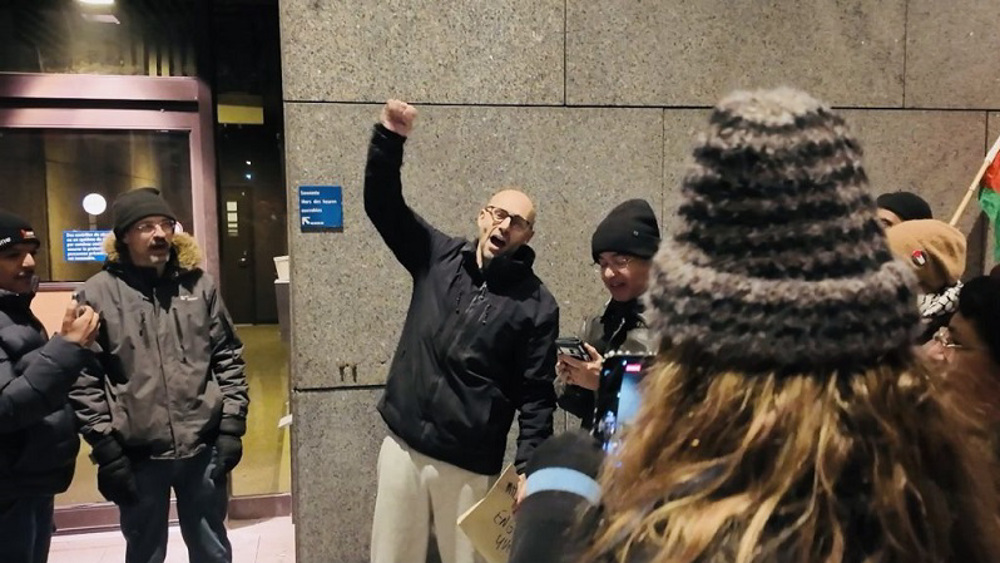
Canadian Zionist Lawfare against opponents of Gaza genocide
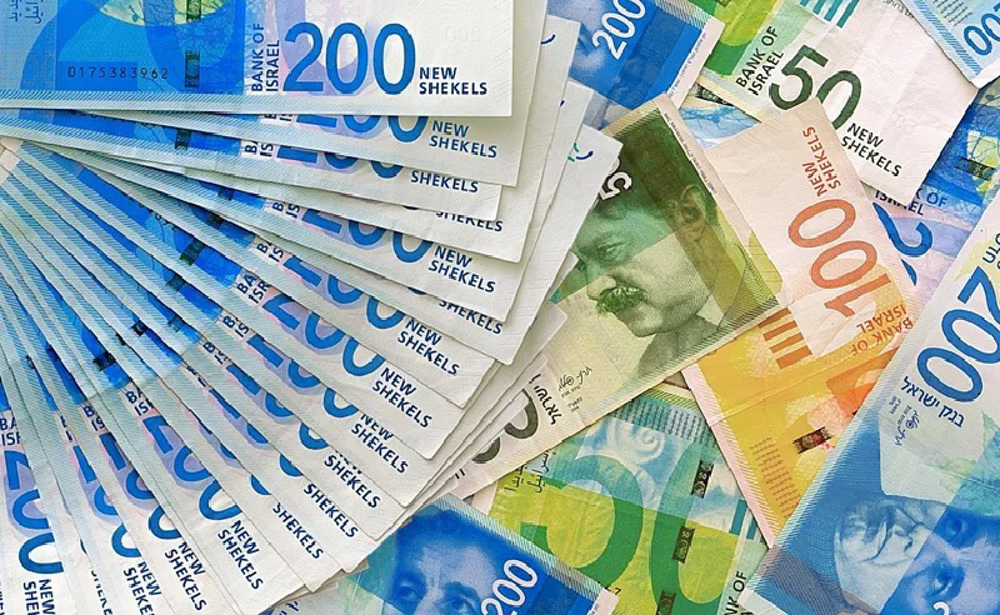
Israel's banking crisis
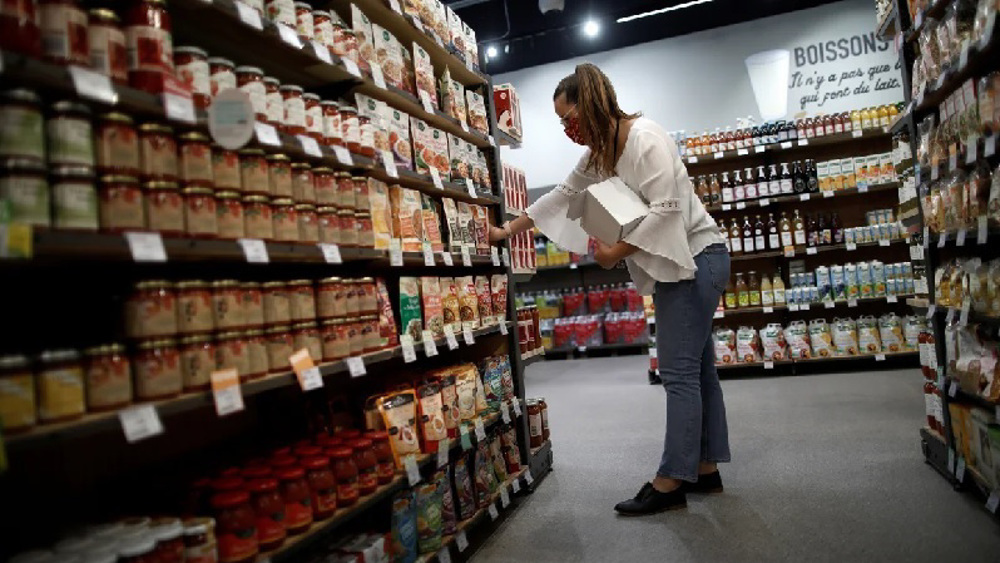
European preparedness strategy
VIDEO | Gaza's healthcare system collapsing amid ongoing siege
Yemeni army shoots down second advanced US MQ-9 drone in single week
Trump targeting Ukraine's mineral wealth
VIDEO | Israel confirms killing Syria’s HTS-led militants in attacks on military bases
VIDEO | The hunt for helium
Tel Aviv in shock as Trump imposes tariffs on all Israeli goods
VIDEO | Deadliest day in fortnight: Israel kills almost 80 Gazans in attacks on UN clinic, refugee sites
Iran condemns Israel’s crimes in Gaza, West Bank, blasts West's hypocrisy over human rights


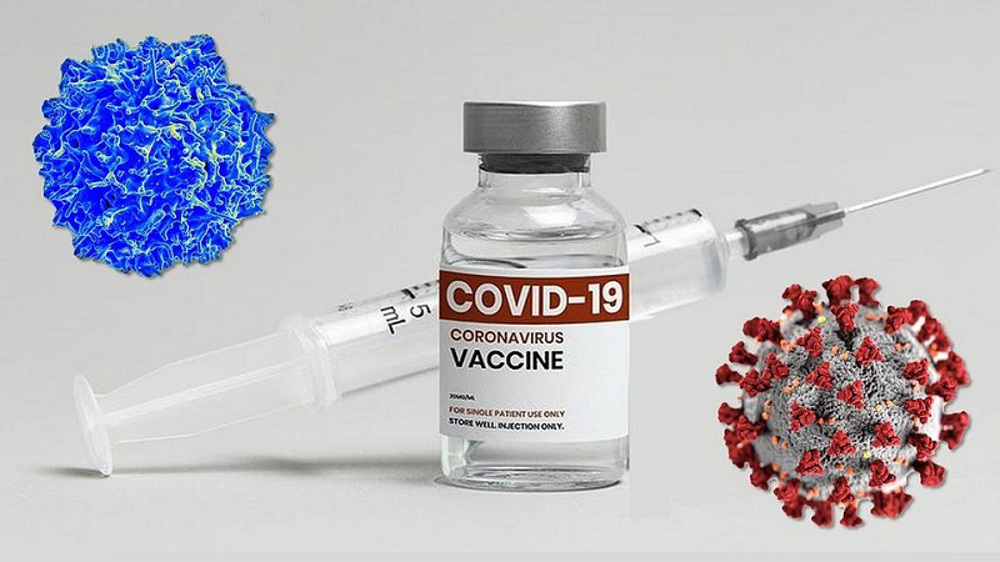

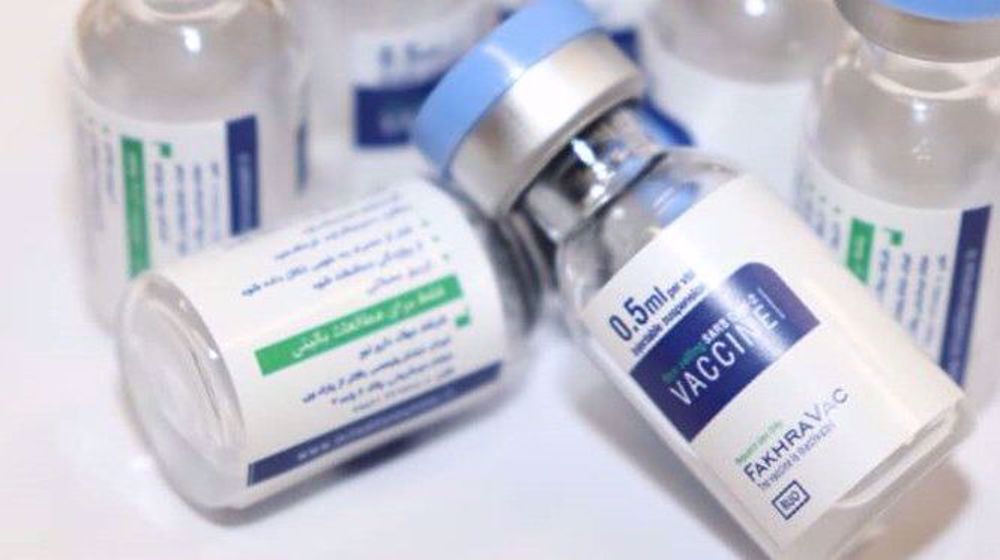
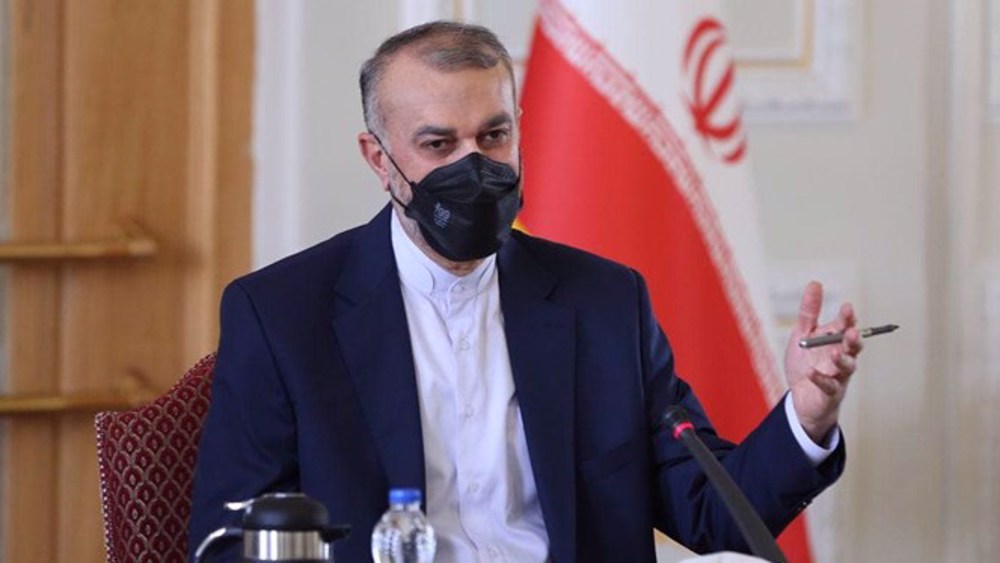
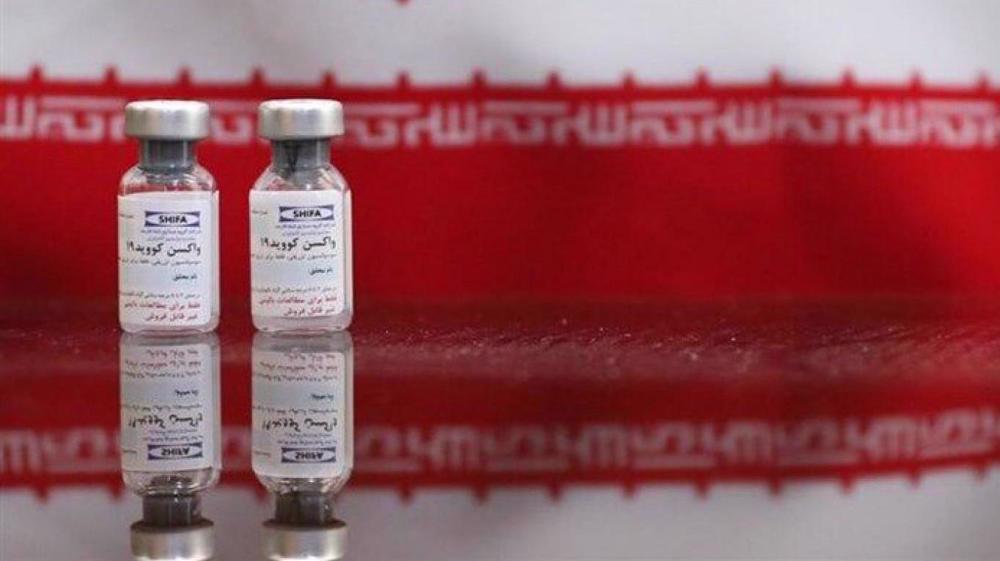
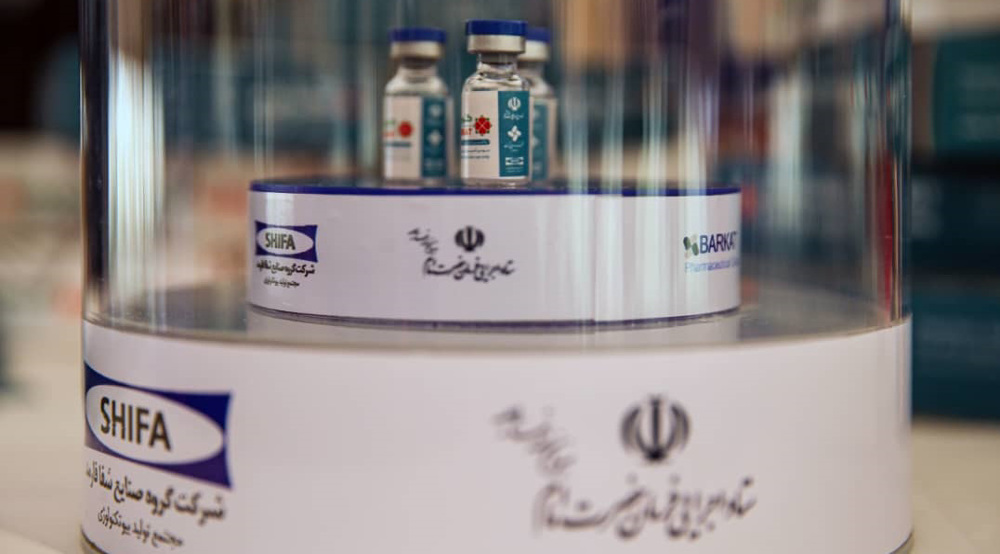
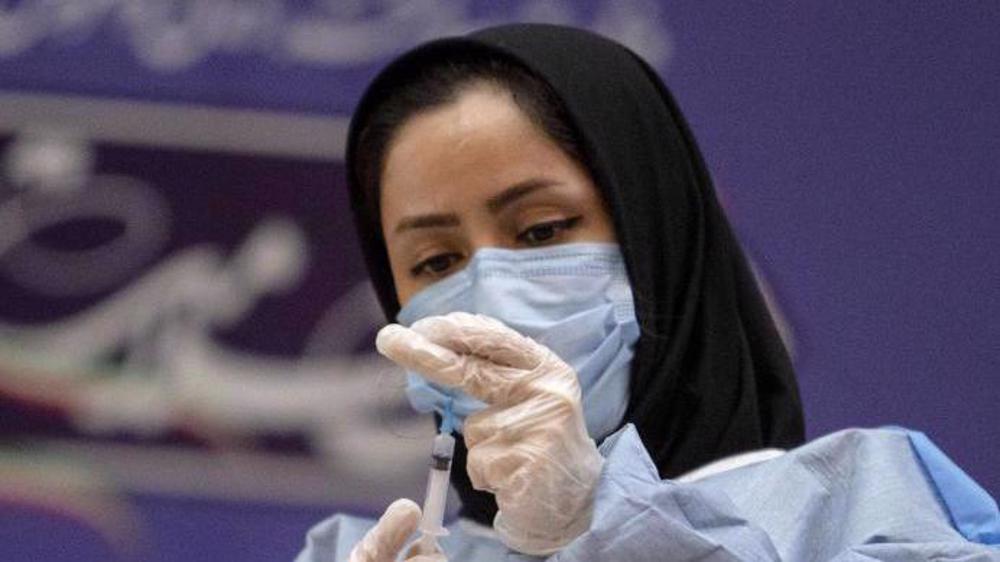
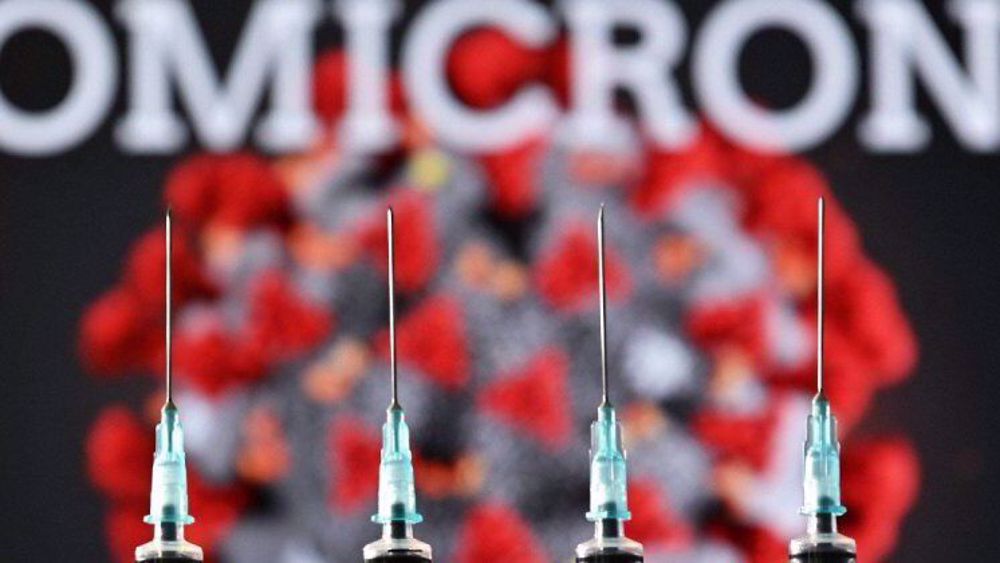
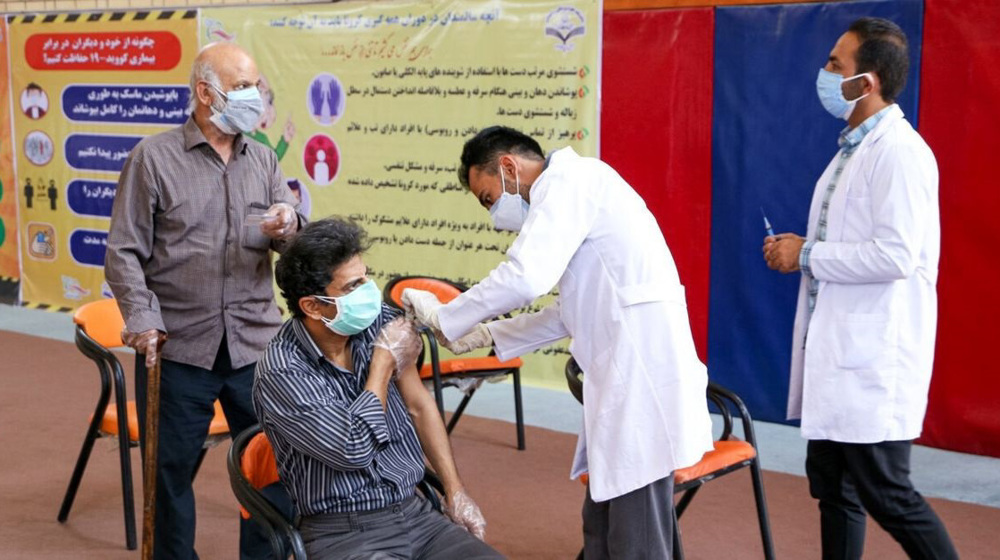
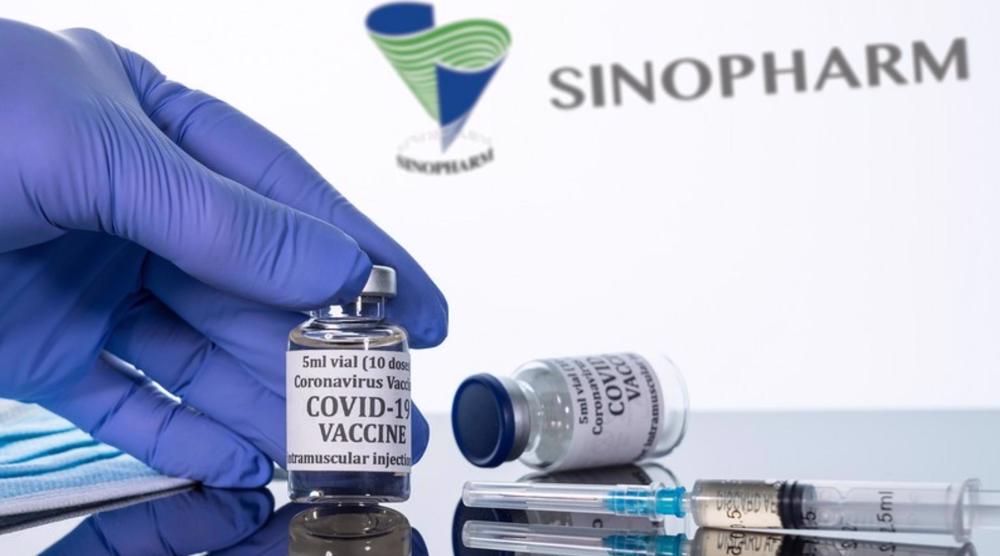
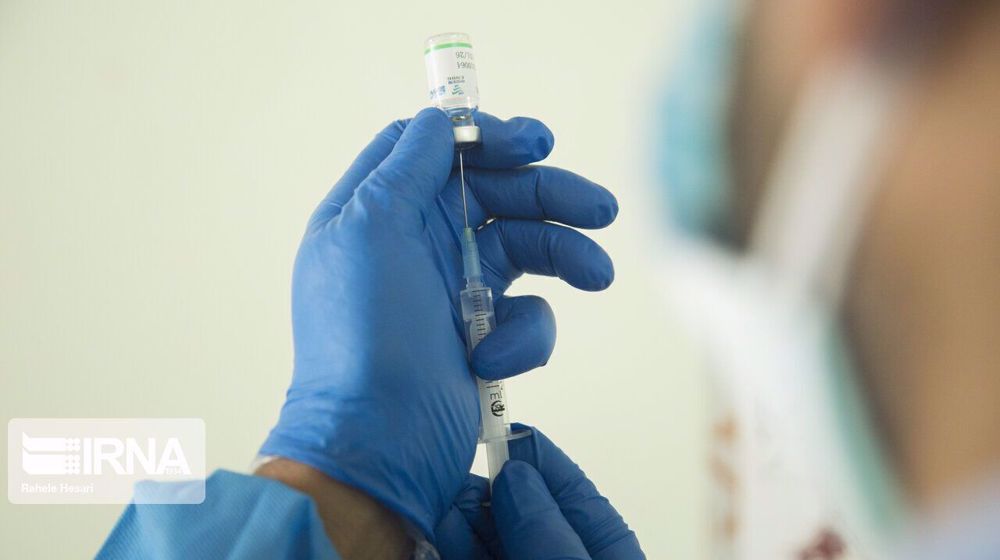
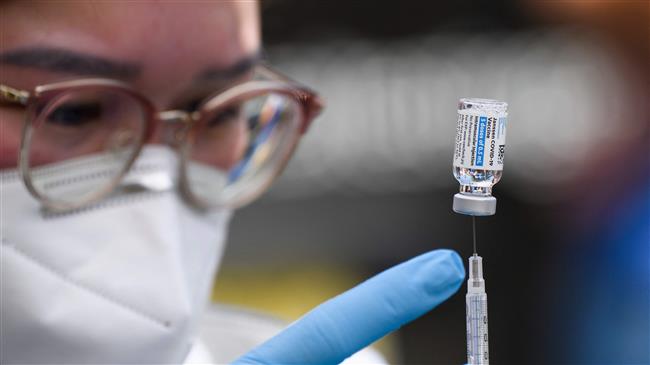



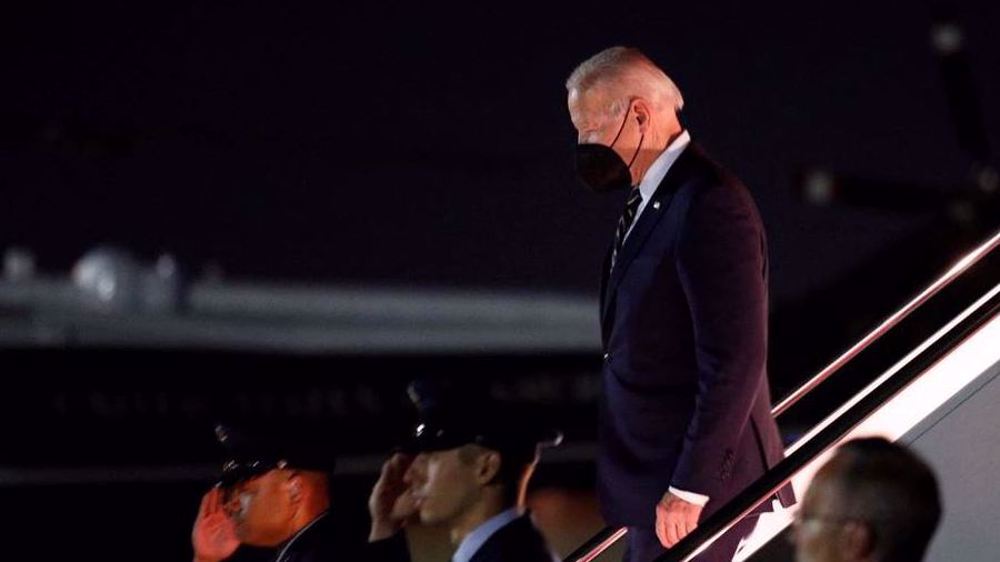
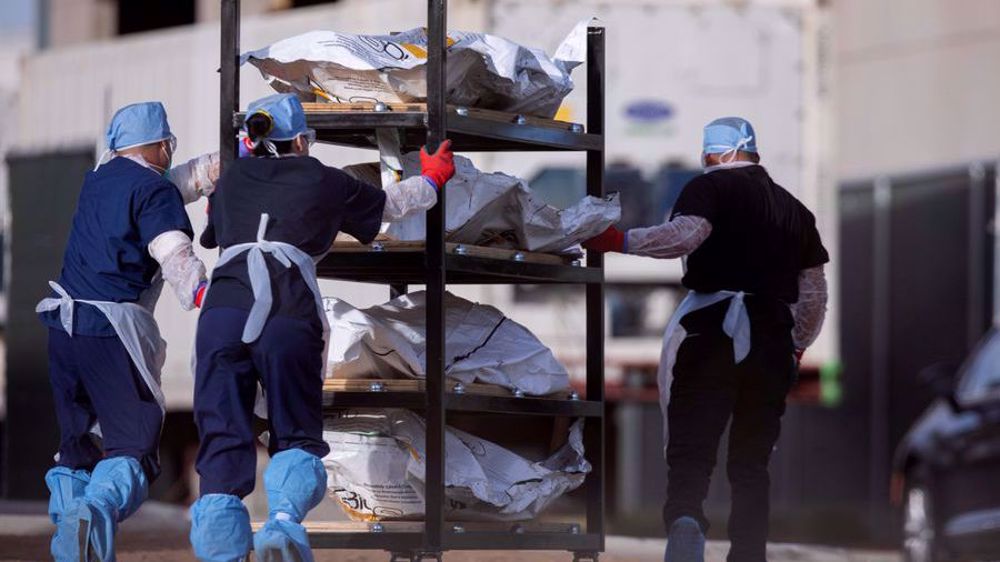
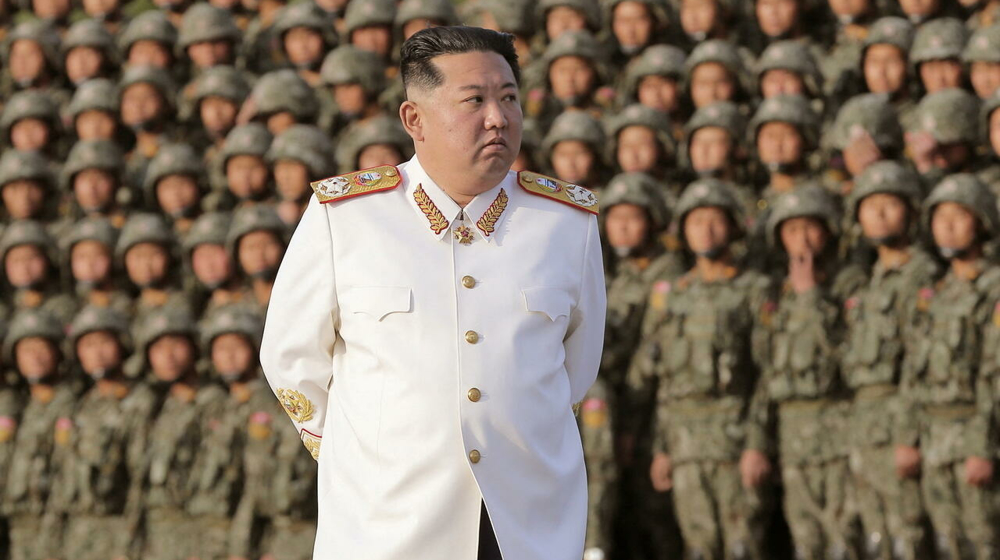
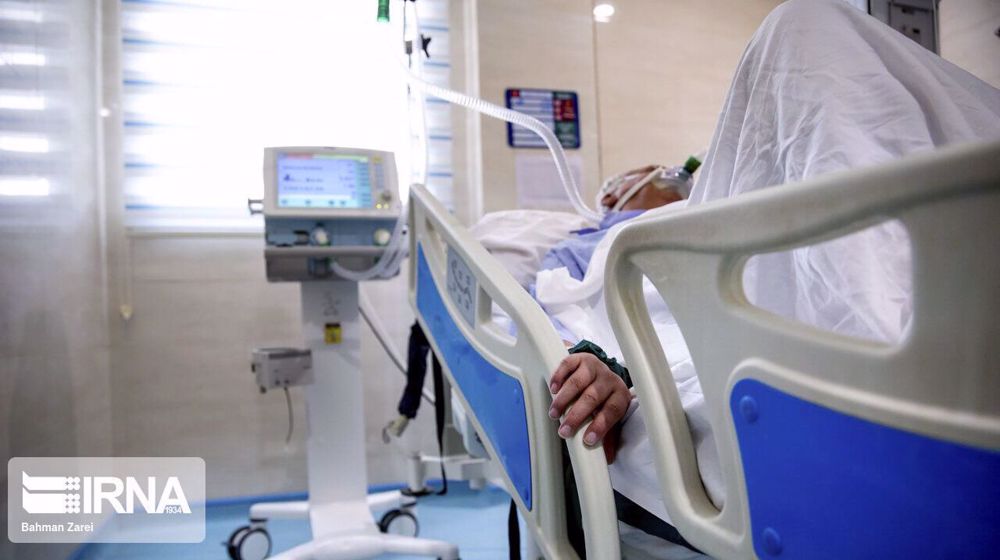
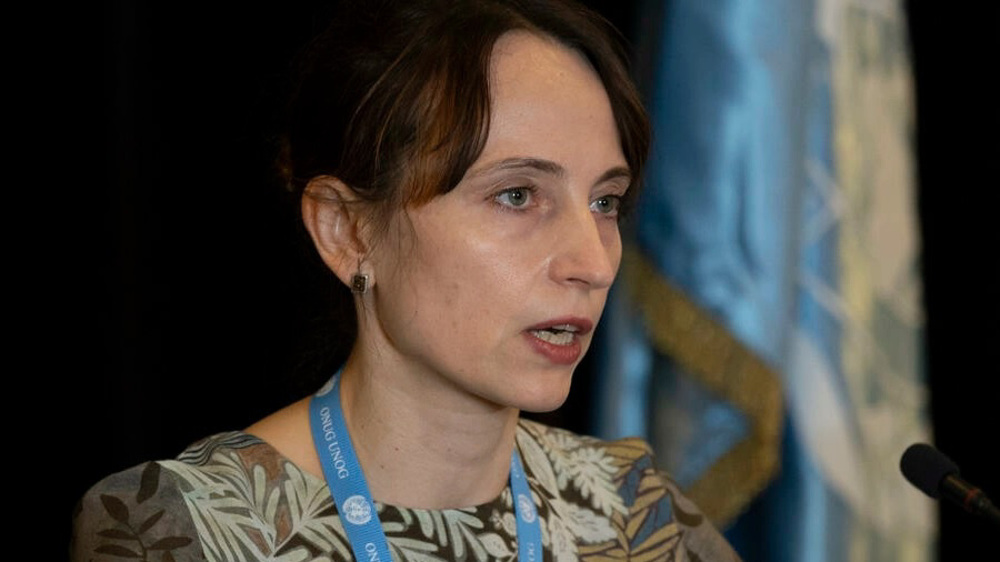

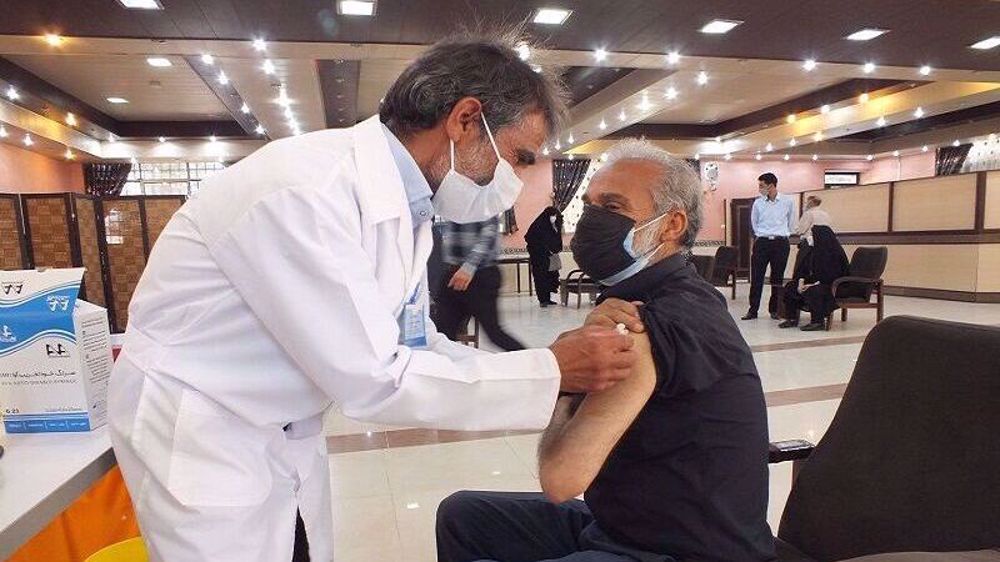
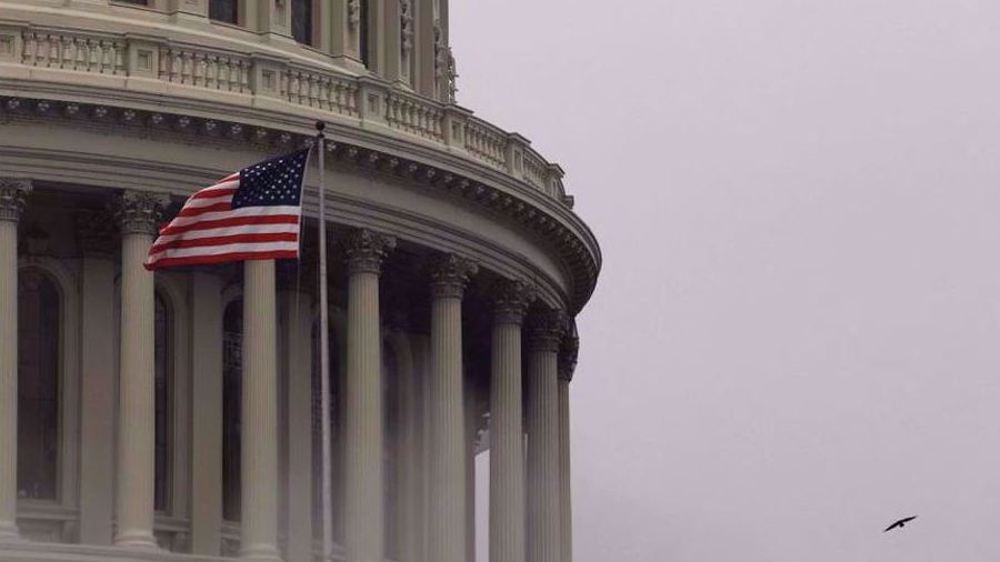

 This makes it easy to access the Press TV website
This makes it easy to access the Press TV website